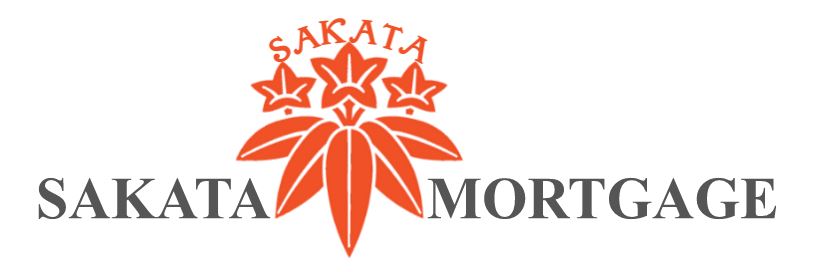An adjustable-rate loan's interest rate can change with the market, causing potential payment changes. A fixed-rate loan keeps the interest rate steady, ensuring steady monthly payments.
A Small Guide to Adjustable vs. Fixed Rate Loans
Fixed-rate loans keep your payments stable throughout the mortgage. Although taxes and insurance might change, the payments remain steady.
Initially, fixed-rate loan payments mainly cover interest. This shifts as the loan ages.
Opt for a fixed-rate loan when rates are low to secure a favorable rate. If you currently have an Adjustable Rate Mortgage (ARM), refinancing into a fixed-rate loan offers more payment stability.
Adjustable Rate Mortgages (ARMs) have varying rates based on external indexes like CD rates or Treasury Securities. ARMs are typically capped, limiting how much the rate can increase in a given period. They usually start with a low rate that may increase over time. ‘3/1 ARMs’ or ‘5/1 ARMs’ have fixed rates for three or five years, then adjust annually. These are suitable for those planning to move in a few years.
Borrowers often choose ARMs for lower initial rates, especially if they plan to move before the initial period ends. However, they can be risky if property values drop and refinancing becomes challenging.
Loan Process
- Preparation and Documentation
- Pre-Approval
- Home Search
- Loan Application
- Appraisal
- Underwriting
- Condition Approval
- Final Approval
- Closing
- Funding and Disbursement
Get a New Loan Quote
Looking for a new home loan? Fill out the following form to get a fast quote from us.

